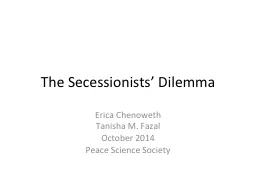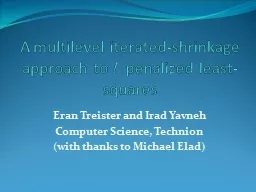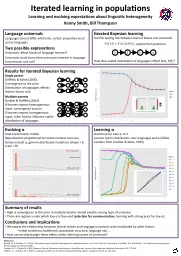PPT-Axelrod exploring the iterated prisoner’s dilemma
Author : lucy | Published Date : 2022-02-16
AxelrodPython httpsgithubcomAxelrodPython Explore strategies for the Prisoners dilemma game Over 100 strategies from literature and original ones Run round robin
Presentation Embed Code
Download Presentation
Download Presentation The PPT/PDF document "Axelrod exploring the iterated prisoner�..." is the property of its rightful owner. Permission is granted to download and print the materials on this website for personal, non-commercial use only, and to display it on your personal computer provided you do not modify the materials and that you retain all copyright notices contained in the materials. By downloading content from our website, you accept the terms of this agreement.
Axelrod exploring the iterated prisoner’s dilemma: Transcript
Download Rules Of Document
"Axelrod exploring the iterated prisoner’s dilemma"The content belongs to its owner. You may download and print it for personal use, without modification, and keep all copyright notices. By downloading, you agree to these terms.
Related Documents














